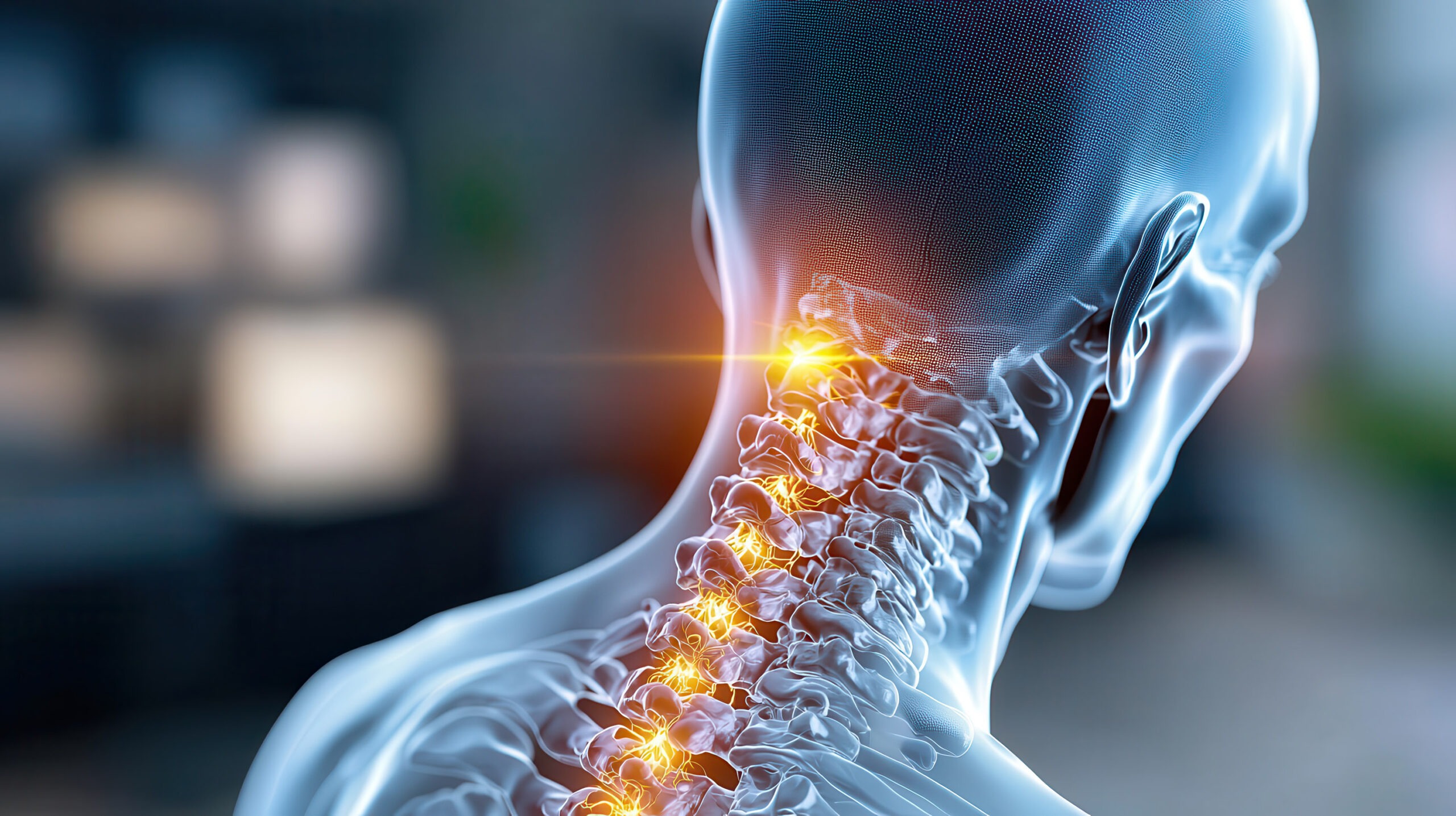
Science
Balance with system
Technology-assisted verticalisation and postural control following spinal cord injury – a fall-safe environment

Jakob Tiebel
Health Business Consultant
Spinal cord injuries (SCI) are frequently associated with significant motor and sensory impairments below the level of the lesion. Besides the reduced voluntary motor function, disrupted afferent pathways also impair the ability for postural control, i.e. maintaining or restoring balance in various body positions and during everyday activities. However, balance is central to functions such as transfers, dressing or the safe use of the wheelchair.
A reduced ability to react to changes in the body’s centre of gravity, increased postural swaying and delayed responses to external influences significantly increase the risk of falls. This presents a major challenge, particularly in early rehabilitation, resulting in the need for targeted, safe balance training – preferably using modern technologies that enable early verticalisation in a protected environment.
A reduced ability to react to changes in the body’s centre of gravity, increased postural swaying and delayed responses to external influences significantly increase the risk of falls. This presents a major challenge, particularly in early rehabilitation, resulting in the need for targeted, safe balance training – preferably using modern technologies that enable early verticalisation in a protected environment.
Objective
The aim of this work was to present physiotherapeutic approaches for managing balance disorders in persons with SCI, highlighting how innovative technologies are used to enhance training. This work also demonstrates how technological equipment can enable targeted, task-oriented interventions and how progress can be systematically recorded.
Methodology
The underlying literature search was conducted systematically via databases such as MEDLINE, PubMed, Scopus and HRČAK. Studies and reviews were considered using the keywords: spinal cord injury, postural control, balance, robotics.
Results
The analysis shows that the use of technological medical equipment in rehabilitation following spinal cord injury depends heavily on the level of the lesion and the extent of the impairments. A variety of devices have been developed that allow intensive and safe training of postural control – both in early and advanced rehabilitation phases.
The authors describe the THERA-Trainer balo as an exceptional example. “This innovative device combines an electrically powered lifting system with a specialised safety frame, enabling patients who cannot stand independently to experience secure, upright positioning in a fall-protected environment. The integrated balancing unit allows both static and dynamic standing, whereby the body’s centre of gravity can be shifted in the sagittal, frontal or combined plane. During training, the patients follow a visual task on the screen – simultaneously addressing both cognitive and motor processes.”
The concept combines therapeutic principles such as task-oriented learning, repetition and feedback with high patient safety. The ability to actively control weight shifts not only trains balance and reaction, but also promotes self-efficacy – a key psychological factor in rehabilitation.
The authors describe the THERA-Trainer balo as an exceptional example. “This innovative device combines an electrically powered lifting system with a specialised safety frame, enabling patients who cannot stand independently to experience secure, upright positioning in a fall-protected environment. The integrated balancing unit allows both static and dynamic standing, whereby the body’s centre of gravity can be shifted in the sagittal, frontal or combined plane. During training, the patients follow a visual task on the screen – simultaneously addressing both cognitive and motor processes.”
The concept combines therapeutic principles such as task-oriented learning, repetition and feedback with high patient safety. The ability to actively control weight shifts not only trains balance and reaction, but also promotes self-efficacy – a key psychological factor in rehabilitation.
Conclusion
Technology-assisted verticalisation offers great potential in therapy following spinal cord injuries. Initial studies indicate positive effects with regard to postural control, functional balance and subjective feeling of security. These devices also reduce therapist workload while providing objective documentation relating to therapy progress.
To drive further evidence-based development in this field, we need future studies that integrate innovative technologies with clearly defined rehabilitation goals and consistent protocols.
To drive further evidence-based development in this field, we need future studies that integrate innovative technologies with clearly defined rehabilitation goals and consistent protocols.
The THERA-Trainer balo enables safe standing and targeted balance training – even without the ability to stand independently.
balo
Fachkreise
Science
Standing & Balancing
THERAPY
THERAPY 2025-II

Jakob Tiebel
Health Business Consultant
Jakob Tiebel is OT and studied applied psychology with a focus on health economics. He has clinical expertise from his previous therapeutic work in neurorehabilitation. He conducts research and publishes on the theory-practice transfer in neurorehabilitation and is the owner of an agency for digital health marketing.
References:
- Denac, Z., Kuzmić, A., & Zaplatić Degač, N. (2024). Technologisch unterstützte Vertikalisierung und posturale Kontrolle nach Rückenmarksverletzung – ein sturzsicheres Umfeld. In I. Živoder, N. Zaplatić-Degač & M. Arapović (Hrsg.), Tagungsband des 1. Internationalen wissenschaftlich-fachlichen Kongresses „Moderne Ansätze in der Physiotherapie“ (S. 53–54). Varaždin: Universität Nord. ISSN: 3044-1676. https://www.croris.hr/crosbi/publikacija/prilog-skup/866484